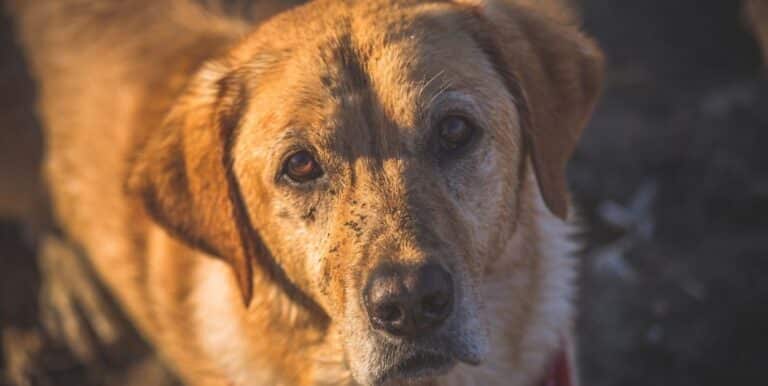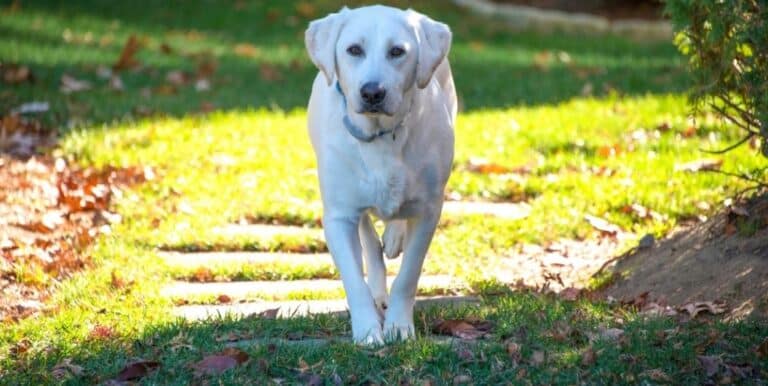What are the Signs of Dog Obesity?

The signs of dog obesity include significant weight gain in comparison with past weight and fat accumulation in the belly or lower back. These signs often change the shape of the dog’s body and make it difficult to feel the rib cage. For purebred dogs, comparing the dog’s weight to measurements listed for dogs of the same breed may help to show whether a dog is obese. Dog obesity can best be diagnosed by a veterinarian, as it is sometimes caused by a disease. Veterinarians can also evaluate how the dog walks and tolerates exercise, which can show whether it is obese.
One way to determine whether a dog is obese is to simply stand over the dog and note its shape. When dogs are standing up, their backs tend to have an hourglass shape. That is, the body should be broader at the shoulder and hind legs and narrower along the rib cage. Owners sometimes don’t notice such changes in body shape because weight gain occurs gradually.

Sometimes long hair can make the dog’s shape difficult to evaluate. In all breeds at a healthy weight, it should be easy to feel the animal’s rib cage underneath the skin. If individual ribs can be felt easily, the dog is likely at a good weight. Dog obesity is likely present if individual ribs can’t be felt at all. Having to press to feel the ribs could indicate borderline dog obesity.
Weighing a dog at home can help determine whether it is obese. Depending on their size, some dogs can be weighed on a bathroom scale. For dogs who don’t fit or can’t stay still, it may be best to pick up the dog and weigh both yourself and the dog. Subtract your own weight from the combined weight to determine the weight of the dog. For the largest breeds that can’t be weighed by either method, veterinary offices will have a scale that can accommodate them.
The most basic cause of dog obesity is too much energy intake versus too little energy use. Even dogs eating a single daily meal may be eating more calories than necessary. If regular exercise isn’t a feature of the dog’s life, meal sizes need to be reduced. Obesity in dogs can shorten life span and cause conditions like diabetes, skin disease, and decreased quality of life. Less commonly, overweight dogs may be suffering from hormonal conditions like Cushing’s disease or hypothyroidism.






